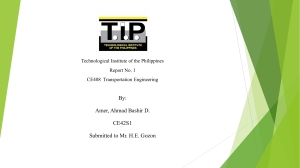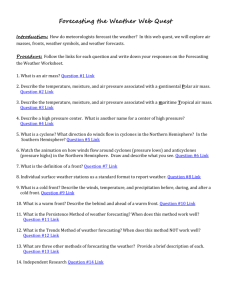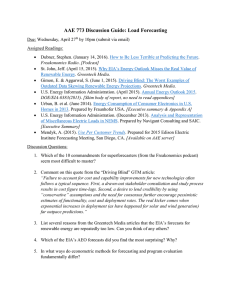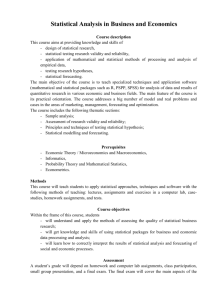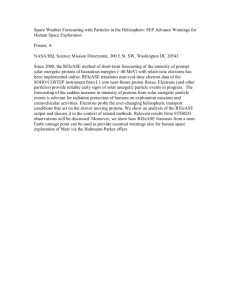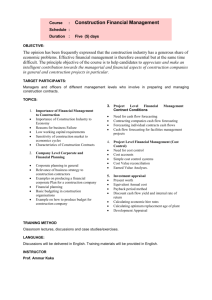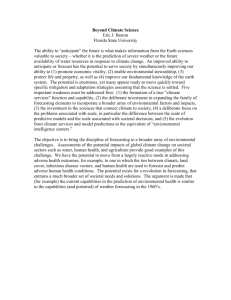Demand Response & Renewables Integration in EPS
advertisement
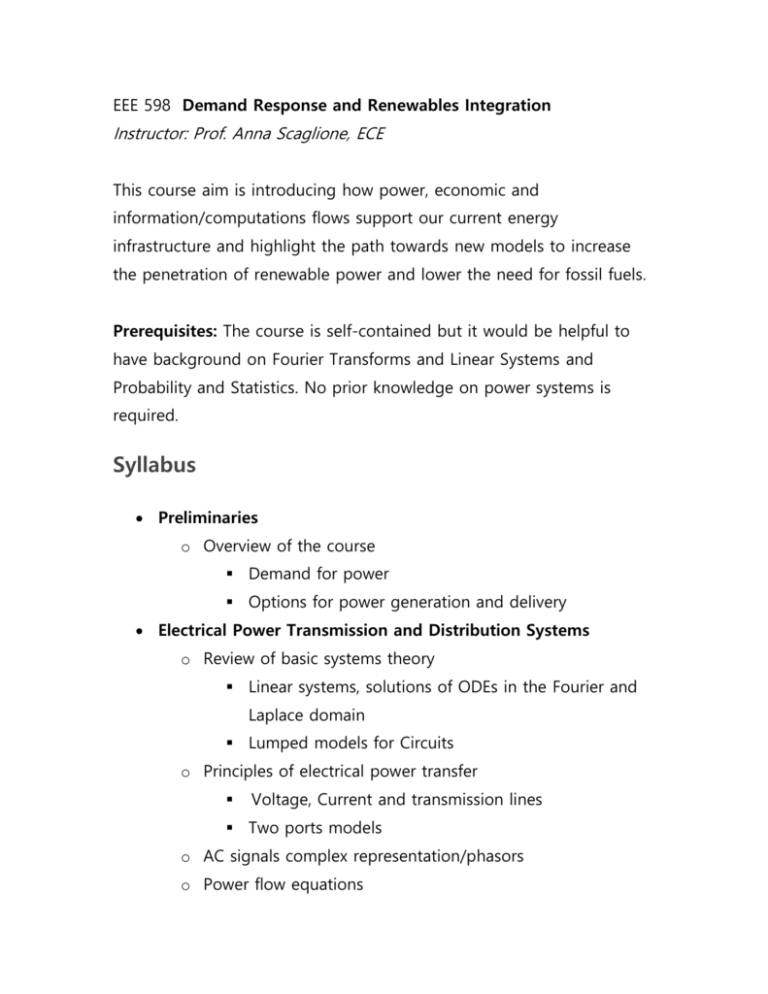
EEE 598 Demand Response and Renewables Integration Instructor: Prof. Anna Scaglione, ECE This course aim is introducing how power, economic and information/computations flows support our current energy infrastructure and highlight the path towards new models to increase the penetration of renewable power and lower the need for fossil fuels. Prerequisites: The course is self-contained but it would be helpful to have background on Fourier Transforms and Linear Systems and Probability and Statistics. No prior knowledge on power systems is required. Syllabus Preliminaries o Overview of the course Demand for power Options for power generation and delivery Electrical Power Transmission and Distribution Systems o Review of basic systems theory Linear systems, solutions of ODEs in the Fourier and Laplace domain Lumped models for Circuits o Principles of electrical power transfer Voltage, Current and transmission lines Two ports models o AC signals complex representation/phasors o Power flow equations o Congestion constraints Energy Management Systems Models o Data: Monitoring of electrical power systems SCADA, WAMS, AMI networks and HEMS State estimation o Optimization and control: Optimal Power Flow AC and DC models Renewable Generation o Models and forecasting techniques Solar Power Wind Power Forecasting of random processes Solar forecasting Wind forecasting Open problems Demand response modeling o Aggregate demand models o Controllable demand models o Electric storage Energy Market and Demand Response o Economic Dispatch of Electrical Power, Unit Commitment The Whole Sale Market of Electricity Day ahead, real time Ancillary services o Demand Response programs Load control models via direct control Load control models via dynamic pricing Discussion on open problems


